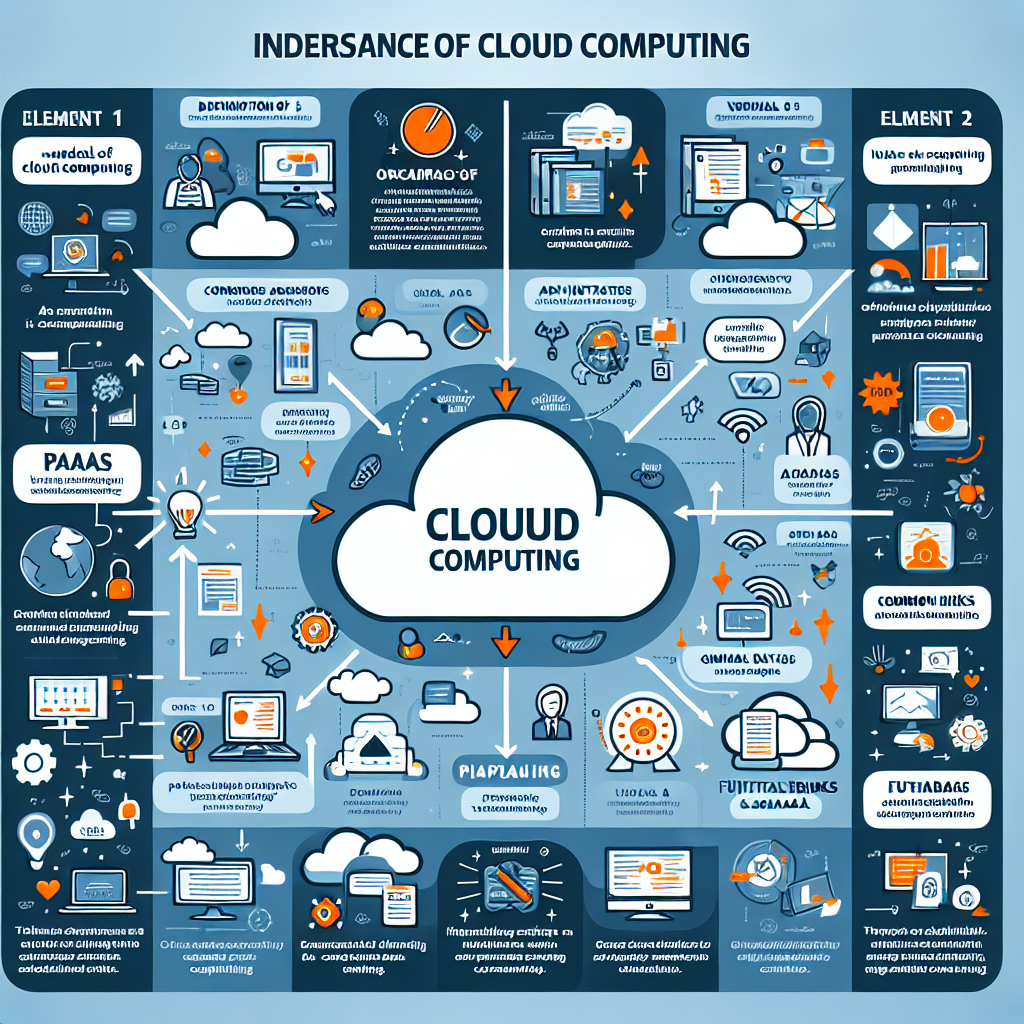8 simple points to understand cloud computing
Cloud computing is a popular technology that enables users to access software, storage, and other services over the internet instead of using their own hardware. Here are 8 simple points to help you understand cloud computing:
1. Definition of cloud computing
Cloud computing is the delivery of on-demand computing services, including software applications, storage, and processing power, over the internet. These services are provided by a third-party provider, which owns and maintains the necessary hardware and infrastructure.
2. Types of cloud computing
There are three main types of cloud computing: public, private, and hybrid. Public cloud computing is when services are provided over the internet by a third-party company. Private cloud computing is a dedicated cloud infrastructure that is used exclusively by a single organization. Hybrid cloud computing is a combination of public and private, with some services hosted on a public cloud and others on a private one.
3. Benefits of cloud computing
Cloud computing offers many benefits, including cost savings, scalability, flexibility, and access to the latest technology. Users only pay for what they use, and they don’t have to invest in hardware or software. They can also easily scale up or down their usage as their needs change.
4. How it works
Cloud computing works by storing and processing data and applications on remote servers, which are connected to the user’s device via the internet. The user can access the service through a web browser or a dedicated application, and the data and applications are stored and managed by the cloud provider.
5. Common uses
Cloud computing is used for a variety of purposes, including data storage, running applications, and hosting websites. It is also commonly used for backup and disaster recovery, as well as for collaboration and remote work.
6. Security concerns
One of the main concerns about cloud computing is security, as users are entrusting their data and applications to a third-party provider. However, cloud providers invest in robust security measures to protect their clients’ data, and many offer advanced security features like encryption and regular backups.
7. Cost considerations
Cloud computing can save organizations money, as they do not need to purchase or maintain their own hardware. However, the cost of using cloud services can add up over time, and organizations should carefully consider their usage and choose a cost-effective plan.
8. Advancements in cloud computing
Cloud computing is constantly evolving, and new technologies and services are constantly being introduced. For example, serverless computing, where users pay only for the running of their code, is gaining popularity. In addition, many providers are now offering advanced artificial intelligence and machine learning services on the cloud.
In conclusion, cloud computing is a powerful technology that offers numerous benefits to users. With its flexibility, cost-effectiveness, and constant advancements, it is likely to continue shaping the IT landscape in the future.




Post Comment